Whether you live at home, or in an apartment, there’s nothing worse than realizing you might have bed bugs. And if confirmed, removing the infestation can be a long and arduous process.
That’s why I’ve put together a guide on how to identify early signs of bed bugs in your home. I’ll tell you what the early signs are to look out for, how to best get rid of bed bugs, and answer some frequently asked questions.
I should stress – the most effective way to fully remove bed bugs from your home is contacting your local pest control company and let professionals remove the infestation. This article is mainly to help you identify them.
Let’s dive in!
Video: How to Find Bed Bugs

5 Signs of Early Bed Bug Infestation
You might not immediately know if you have an infestation. Sometimes the signs can take weeks or months to show up. However, here are some early warning signs to look out for.
Bed Bug Bites On Your Skin
Bed bugs need to eat, plain and simple. And unfortunately, the main course is you.
Bed bug bites will turn into small, sometimes itchy, red welts on your skin. Now, many insects can bite you during the night, but one common indicator that a bed bug has bitten you is if there are a series of three or four welts in a row.
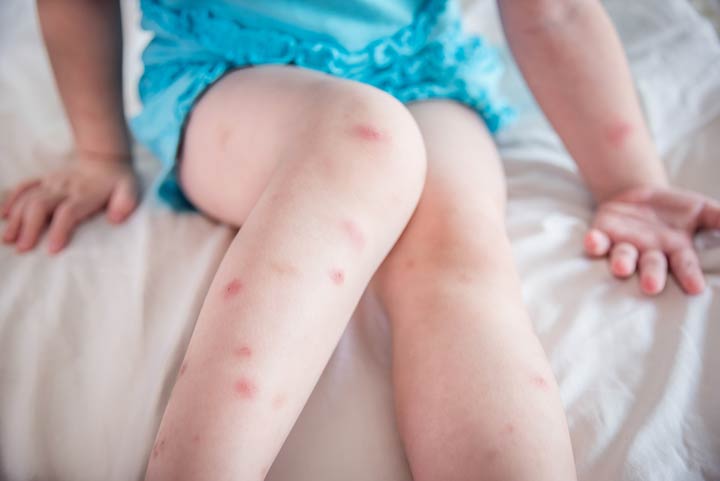
Different people will also react differently to bed bug bites. Some might not notice the welts, while others may find them itchy. Some severe reactions to bed bug bites are hives or just a general allergic reaction.
Regardless, the bites are going to be a key early sign to look out for.
Blood Stains On Your Sheets
Another early sign of bed bugs are bloodstains on your sheets. There are a couple reasons you might see these stains:
- After the bug has bitten you and moved on, there might be some blood that hasn’t dried on your skin yet. Obviously, this can transfer to your sheets fairly quickly.
- If you turn or change positions, you may end up crushing a bug as you do so. The resulting blood stain is from the bug not fully digesting your blood, causing it to get on your sheets.
RELATED: How to Get Blood Stains Out of Your Sheets
Finding Dark Specks On Your Sheets
A bed bug infestation that’s been going on for a while will often show up in the form of black, brown, reddish-brown, or just general dark spots on your sheets or mattress.
These spots appear as the infestation grows. They’re the result of droppings and crushed bugs. You might find these spots in a cluster if the infestation is newer, or more spread out if the infestation has been going on for a while.
Musty Smelly Around your Mattress
If you begin to notice a strange, musty smell around your mattress with no apparent origin, you might have a bed bug problem.
As bed bugs settle in, they begin to emit their pheromones. This smell can can vary, with people reporting different experiences, and is reported to smell sweet on occasion.
As the infestation grows, pheromones mix with the smell of crushed bugs and their fecal excrement, and the smell will begin to become unpleasant.
However, amongst all these early signs, the odor might be the least dependable. Fully investigate your sleep environment before assuming this smell is from a bed bug infestation.
Finding A Bed Bug or Casing
Unfortunately, the only solid confirmation of a bed bug infestation is seeing live, adult bed bugs, or if you find their casings. Below is an image of a bed bug so that you know what to look for.
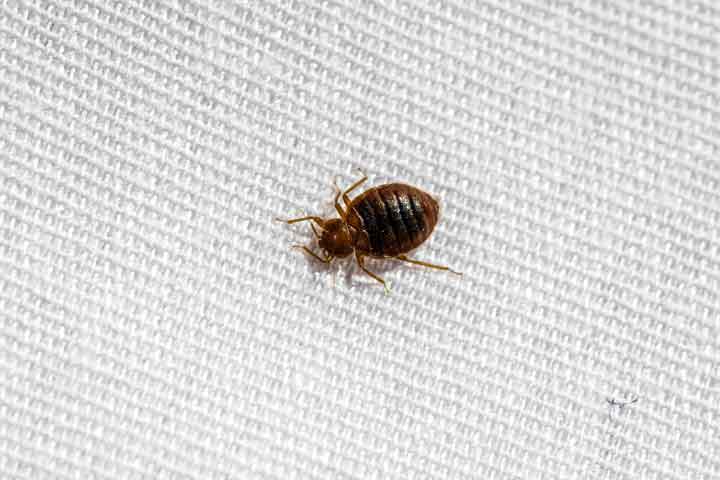
The casings will likely vary in size, as the bugs progress through their life stages. They’re the shed exoskeletons as the bugs molt. These casings are often translucent but with a yellow tint.
Live bed bugs are small and brown and typically look like the shape of an apple seed. If you see a live one, unfortunately, that is all the confirmation you need.
I highly recommend going ahead and contacting pest control, or an exterminator.
RELATED: The Worst Cities & States for Bed Bugs
What to Do If You Find a Bed Bug
So, you’ve confirmed that you have bed bugs, or have actively seen live bed bugs. What are the next steps?
I’d highly recommend that you contact your local pest control the second you get confirmation of an infestation. This is really the only surefire way to have an infestation 100% removed.
However, if exterminators can’t make it to your home the same day you call, here are a few things you can do to mitigate the infestation until the professionals arrive:
Find the Bed Bug Harborage Sites
Bed bugs are notorious for hiding. In order to find them, it’s best to start by stripping your bed of sheets and placing them in plastic containers or bags. This will prevent any bugs hiding in your sheets from spreading.
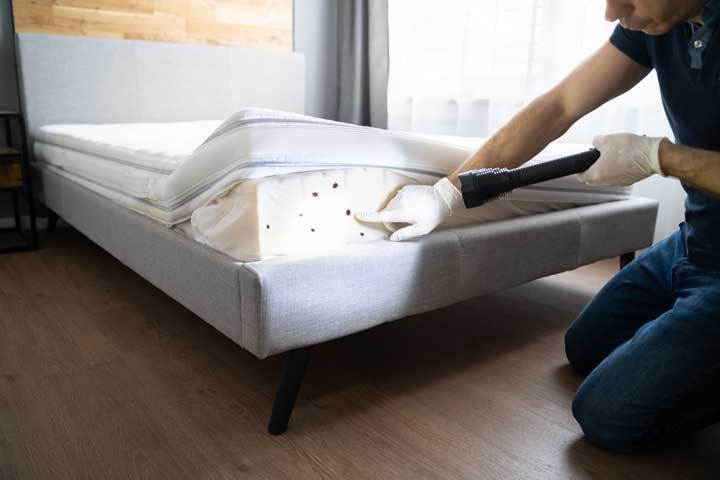
If the infestation is fairly new, some of the typical hiding places will be in your pillowcases and bed sheets, in your mattress seams itself, or in the crevices of your box spring, bed frame, or headboard.
If the infestation has been going on for a long time, there’s a chance that the bugs have spread to your baseboards, couches and sofas, or even behind your wall.
Launder All Fabrics on High Heat
As you remove your bedding from your room, it’s best to keep them in containers with little access to other sheets or furniture you have.
Heat is one of the most effective bed bug treatments you can do before the professionals arrive. So, when you’re ready to wash, choose your hottest settings in both your washer and your dryer.
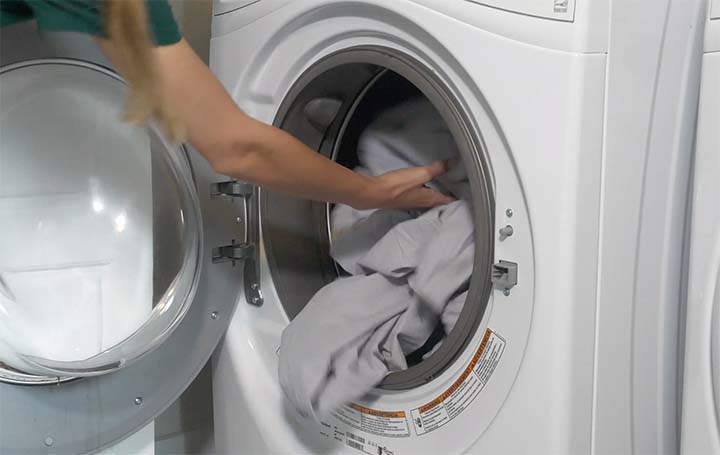
This will help kill existing bugs, as well as any nymphs or babies, and bed bug eggs in your sheets.
Inspect and Remove Clutter
Bed bugs love to find as many hiding spots as they can. When prepping your sleep environment to be bed bug proof, it’s best to inspect anything within a five-foot radius of the infestation.
If there’s a lot of clutter, make sure those aren’t showing any signs of a bed bug infestation as well, and remove or clean up as much as possible.
Install a Mattress Encasement
One way you can handle bed bugs without professionals is to use a mattress encasement. If the bugs are localized to just your mattress, then using an encasement will help starve them out.
Using an encasement around the entirety of your mattress traps the bugs inside while cutting them off from their main food source: you.
It’s recommended that you use the encasement for at least six months, as bed bugs can live for quite some time without access to food.
Mattress encasements need to completely surround your mattress. Typically they’ll be listed as “bed bug-proof.” You can easily find some affordable options on Amazon, and can even buy ones specifically for your box spring if the majority of the infestation is there. See our review of the Sleep Defense System, which is lab tested to be 100% bed-bug proof.
Install Bed Bug Interceptors
If you’d prefer to try and trap bugs as they fall or move around, bed bug interceptors are a good way to go.
These are made of plastic that can be put under the legs of your bed frame. Bed bugs have a hard time traveling upward on smooth surfaces. Interceptors have a tall moat around them, making it hard for bugs to escape.
Can You Bring Bed Bugs Home?
Bed bugs can come from many different places, and you may be wondering “can I bring bugs into my home?”
Let’s discuss a few ways bed bugs find their way into your sleep environment.
Can You Bring Bed Bugs Home from a Hotel?
Bed bugs are known to be tiny, unwanted hitchhikers. If your hotel room had an infestation, and because bed bugs like hiding in crevices and folds of fabric, there’s a chance you could bring them home.
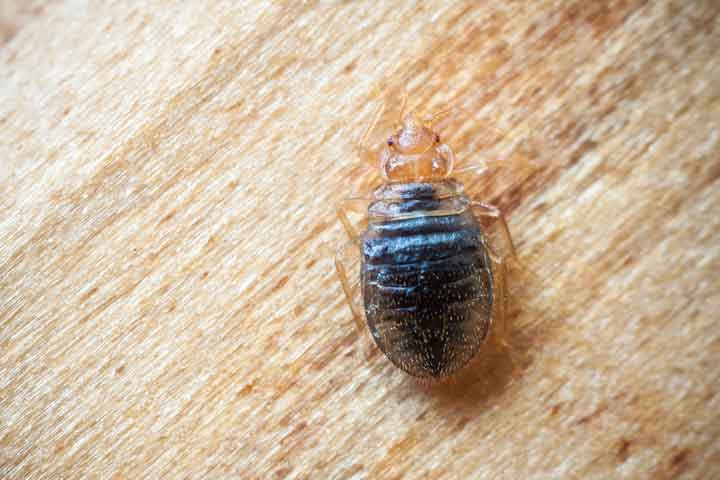
Most of the time, you’ll bring them home during peak travel times, like summer. They’ll most likely hide in your baggage. To avoid bringing them home, be sure to thoroughly inspect your room before unpacking, and your baggage before leaving.
How Long Before I Know if I Brought Bed Bugs Home?
It can be hard to determine an exact date when the infestation started. You may have them for a while, but may not notice them until weeks, or even months later.
Bed bug eggs take anywhere from six to 12 days to hatch, and the adult life span can be anywhere from six months to a year. That’s why it’s important to know these early signs of an infestation.
How Can I Tell if My Sheets Have Bed Bugs?
Bed bugs typically live in your mattress or your box spring, but their signs will show up in your sheets, too. And just like your mattress, the signs are similar on your sheets.
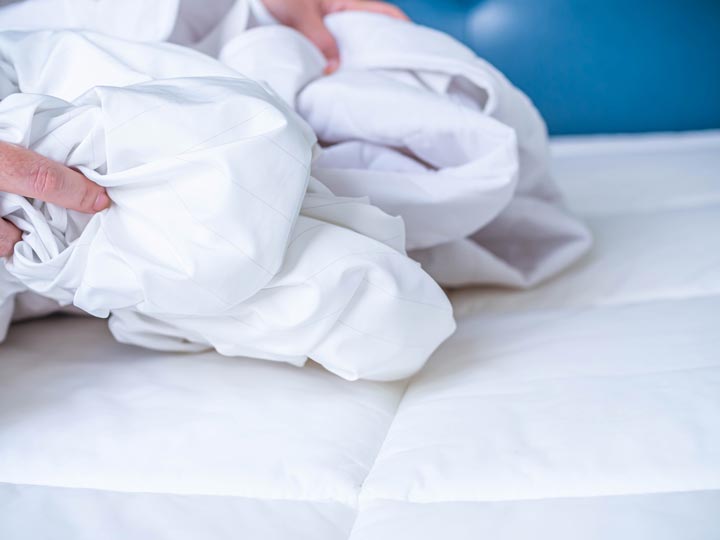
Dark stains that signal fecal spots, or human blood, as well as eggshells, and shed skins are all tell-tale signs of a bed bug infestation in your sheets.
Can Animals Bring Bed Bugs Into Your Home?
Like fleas, dogs and cats can definitely bring in bed bugs from the outside. However, it’s important to note that dogs and cats don’t have a higher chance of bringing them inside any more than humans do.
In fact, this situation is the least likely to happen. Bed bugs could certainly hitch a ride on your animal, but they don’t live in fur like fleas do. If you find bed bugs on or around your animal, it’s likely that they didn’t start there.
FAQs
Still have questions about bed bugs? Here are some of the most frequently asked questions about them!
Can You Have Bed Bugs and Not See Them?
Yes! Bed bugs are notorious for hiding in crevices or hard to reach places. Sometimes the infestation, if it’s small, won’t be immediately noticeable.
If you’ve come home from traveling, it would be a good idea to check your clothing or luggage to make sure you don’t have any unwanted hitchhikers.
How Do You Check Your Mattress for Bed Bugs?
Bed bugs can live inside your mattress, so most of the signs to look for will be there. As mentioned above, look out for blood stains or evidence of bed bug excrement in the form of those dark spots.
If the infestation is in your mattress, thoroughly inspect every inch of your mattress to see if you can find a hole, which will likely be where the bugs are coming out from.
What Evidence Do Bed Bugs Leave Behind?
Typical evidence for bed bugs includes bites or blisters on your skin from where the bugs bite you. Blood and fecal stains might be spread across your sheets and mattress from activity.
Female bed bugs will lay white eggs in or around your mattress as well.
How Long Does It Take To Realize You Have Bed Bugs?
There’s no surefire answer to this. Each infestation is different from home to home, but generally, it can take anywhere from a few weeks to a month for signs of the infestation to show up.
If the infestation is small to start, the signs won’t be immediate. But if the infestation is large, we mentioned a few pest management tips. If you’re able, it’s best to contact your local pest control company to take care of the infestation.

